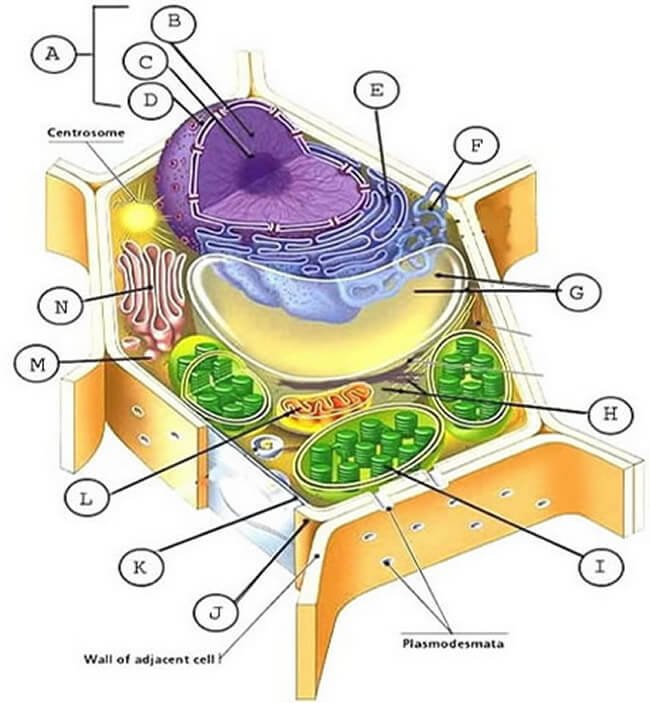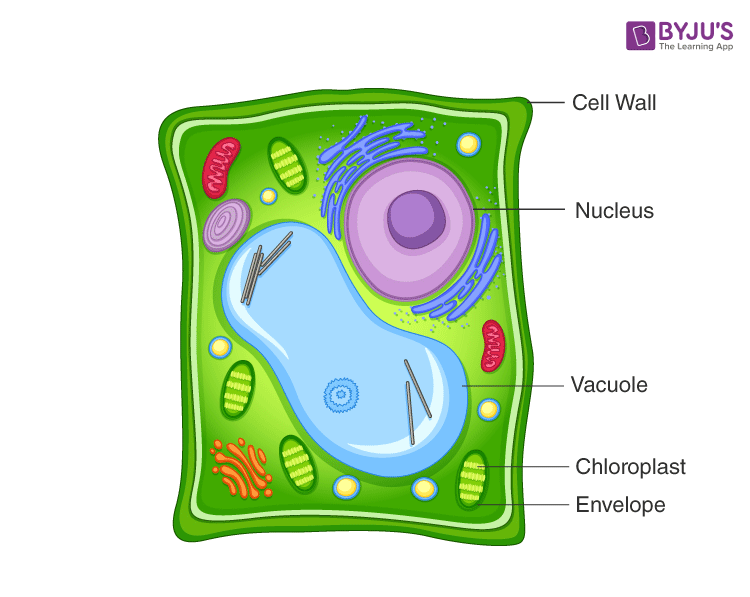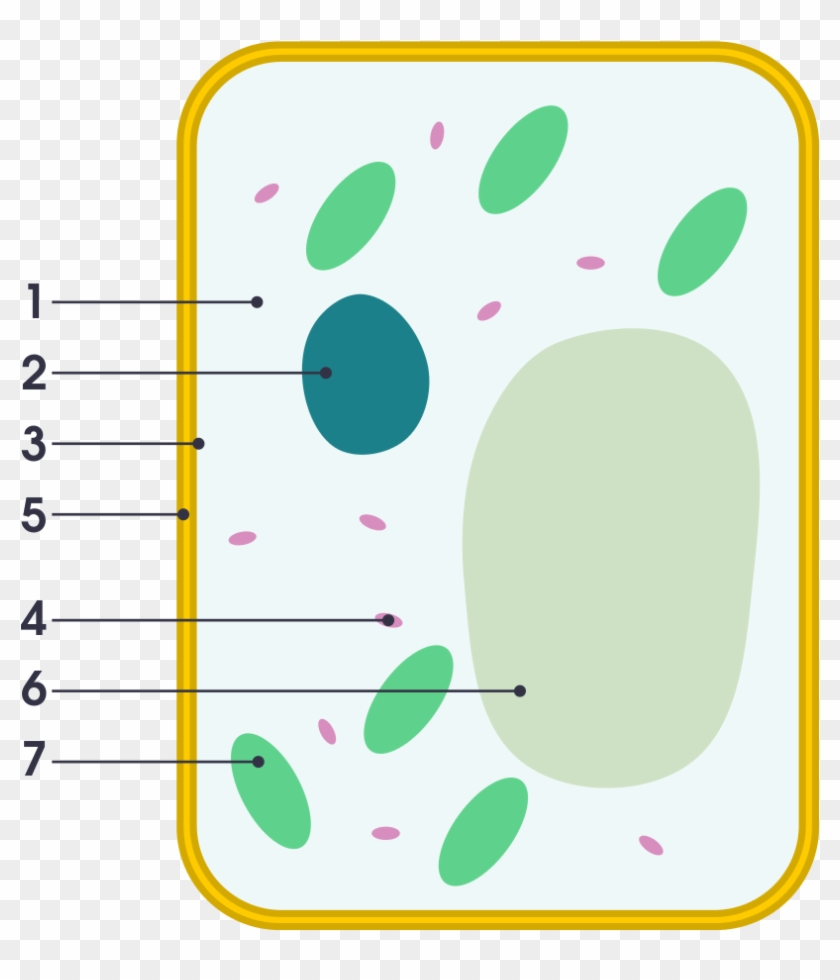39 plant cell structure without labels
› books › NBK26880Looking at the Structure of Cells in the Microscope A typical animal cell is 10–20 μm in diameter, which is about one-fifth the size of the smallest particle visible to the naked eye. It was not until good light microscopes became available in the early part of the nineteenth century that all plant and animal tissues were discovered to be aggregates of individual cells. owlcation.com › stem › 3d-cell-modelHow to Create 3D Plant Cell and Animal Cell Models for ... Organelle: Any specialized structure inside the cell. Cell Membrane: Composed of a double lipid bilayer, the cell membrane separates and protects the cell from its environment, regulates the movement of molecules in and out of the cell, and provides structure to the cell. Cytoplasm: The semifluid substance that fills the cell. All of the cell's ...
learn.mindset.africa › sites › defaultSESSION 4: PLANT TISSUES - Mindset Learn • Structure: Transparent, one cell thick and is usually covered with cuticle usually has guard cells with stomata • Found on the outermost layer of the plant body such as leaves, flowers, stem & roots • Function is to protect the plant from dessication and infection. Guard cells & cuticle helps to reduce water loss Parenchyma:

Plant cell structure without labels
› pmc › articlesPlant-based and cell-based approaches to meat production - PMC Dec 08, 2020 · The history and evolution of animal-, plant- and cell-based approaches to meat production. History and approach Plant- and fungi-based meat (PBM) products encompass the flavor, texture, and/or nutritional aspects of meat but are different in composition; namely are made from non-animal sourced materials. en.wikipedia.org › wiki › History_of_cell_membraneHistory of cell membrane theory - Wikipedia In this view, the cell was seen to be enclosed by a thin surface, the plasma membrane, and cell water and solutes such as a potassium ion existed in a physical state like that of a dilute solution. In 1889, Hamburger used hemolysis of erythrocytes to determine the permeability of various solutes. By measuring the time required for the cells to ... › 1814485 › Taiz_and_Zeiger_Plant(PDF) Taiz & Zeiger- Plant Physiology | Munish K Bansal ... Enter the email address you signed up with and we'll email you a reset link.
Plant cell structure without labels. › cell-growthCell Growth - an overview | ScienceDirect Topics The cell wall is key to much that exemplifies higher plants, providing a skeletal role as well as determining many developmental processes that give rise to specialized plant structures. This article covers the molecular architecture of plant cell walls, especially as it relates to the process of cell expansion. › 1814485 › Taiz_and_Zeiger_Plant(PDF) Taiz & Zeiger- Plant Physiology | Munish K Bansal ... Enter the email address you signed up with and we'll email you a reset link. en.wikipedia.org › wiki › History_of_cell_membraneHistory of cell membrane theory - Wikipedia In this view, the cell was seen to be enclosed by a thin surface, the plasma membrane, and cell water and solutes such as a potassium ion existed in a physical state like that of a dilute solution. In 1889, Hamburger used hemolysis of erythrocytes to determine the permeability of various solutes. By measuring the time required for the cells to ... › pmc › articlesPlant-based and cell-based approaches to meat production - PMC Dec 08, 2020 · The history and evolution of animal-, plant- and cell-based approaches to meat production. History and approach Plant- and fungi-based meat (PBM) products encompass the flavor, texture, and/or nutritional aspects of meat but are different in composition; namely are made from non-animal sourced materials.











Post a Comment for "39 plant cell structure without labels"